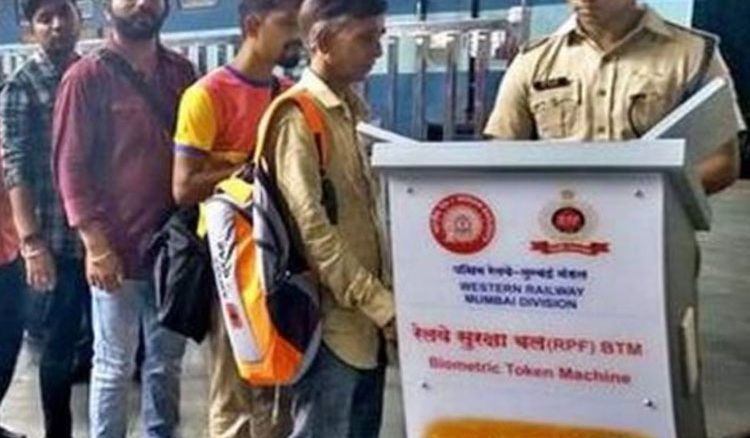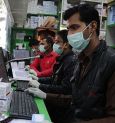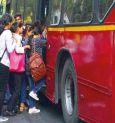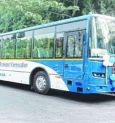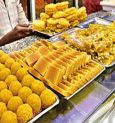The Railway will begin a bio-metric system for passengers of unreserved compartments in case of long distance travel in order to facilitate smooth boarding of passengers while avoiding the elbowing and jostling to get a seat.
Sources said that a pilot project had begun at the Western Railway division and all the other zones are watching with rapt attention so that if it can be successfully pulled off there it would be replicated at other zones. Although there are some questions being raised about the project, Railway authorities said they would look into all the grey areas to make the project a success.
Officials said that the rush for people boarding general train compartments lead to a lot of chaos and can cause accidents at times. The pandemonium increases during a political meeting or a rally. All these have led to an organised racket of people who charge people for a seat in the unreserved train compartment. To put an end to it the bio-metric system has been introduced.
How is the system working? It was found out that when a passenger is getting a ticket for a general coach, his fingerprints are being taken on a bio-metric machine before issuing a travel token to him. The number of tokens issued is equal to the seating capacity of the compartment. According to the number of the tokens, commuters are queuing up at the station and the entire process is being supervised by an official.
“On the one hand as this will iron out all the irregularities, it will also help in eradicating any illegal practice. Many a times finger print details of noted criminals are kept in the database and it will immediately flash when tickets are taken,” said a senior Railway official.
West Bengal Rail Passengers Association officials said that while the initiative was fine Railways will have to ensure that the personal details of the passengers which they were procuring would be kept safe and would not fall into wrong hands. Again since the number of coupons was equal to the number of seats, there would have to be more number of general compartments because people travelling in those were far more in number than the number of seats.
 বাংলায় পড়ুন
বাংলায় পড়ুন


